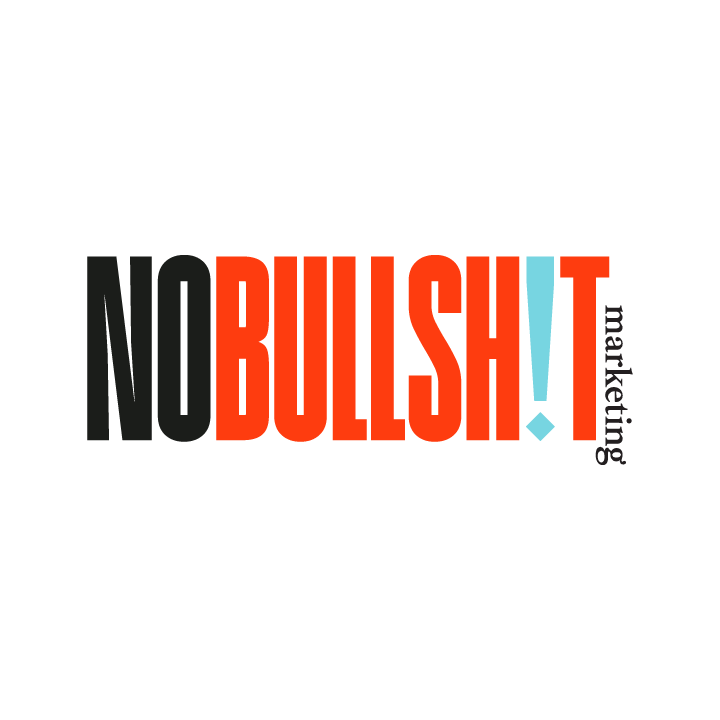How Can NFTs Be Used for Marketing?
If you’ve been online lately or simply keeping up with the news, you’ve probably heard a lot about NFTs. You might even be hearing about how they’re the hottest new trend, not only in collectorship but also in marketing. Because hey, anything that can be collected is good for brand awareness. And anything good for brand awareness is good for marketing. How Can NFTs Be Used for Marketing?
The only problem is that NFTs are an obscure subject—what exactly are NFTs and why do people seem so excited about them?
Nonfungible Vs. Fungible Goods
We’ll spare you the tech jargon and try to break it down in the simplest way possible. NFTs are formally known as nonfungible tokens. When people talk about fungible goods, they’re talking about goods that can be replaced or replicated. Let’s say you’re looking at a chair—if it’s broken, you can create another chair that looks just like it. Or you could make another one, and now you have two chairs. This chair is a fungible good.
But with a nonfungible good, there’s no way of recreating it. That’s because nonfungible goods exist in the digital world. And like fine art, these computer-generated commodities are so special because they’re one of a kind and unable to be replicated. Think of something like a GIF, meme, tweet, video, or something else that goes around the internet. Although copies can be made, just as you could make a print of the Mona Lisa, these copies are not the same as the original.
Buying NFTs
When people buy nonfungible tokens, they are getting a digital certificate of authenticity that says they have ownership of the original version, which can be verified by the digital signature through the blockchain. Other people can have access to copies of the digital commodity, but those copies are not as valuable.
And if these nonfungible tokens happen to be famous or culturally significant, they could end up being worth a lot of money. For example, there’s an NFT known as Nyan Cat—it’s a GIF of a creature that’s half cat, half Pop-Tart (yes, really) and it’s flying through outer space, leaving a rainbow in its wake. In early 2021, following an hours-long bidding war, the NFT of Nyan Cat sold for around $690,000! In fact, it’s estimated that around $338 million worth of NFTs were bought and sold by collectors throughout the year 2020.
Oh, and it’s important to note that NFTs can’t be bought and sold with regular money—they can only be bought and sold using cryptocurrency, which might explain part of their appeal. People are excited about this innovative new way of investing and trading goods.
What’s the Appeal of NFTs?
If you’ve made it this far, you might be thinking, “Okay, so people pay big money for a certificate saying they own the original version of viral digital media? What’s the big deal? Why would anyone pay that much?”
You aren’t the only one thinking this way. Plenty of people disregard NFTs for having inflated value. But like any other collectible, these items have value because there’s so much interest and demand for them. In other words, the market is setting this value.
Think about a diamond—it’s essentially a rock. But people pay exorbitant amounts of money for them because they are so rare and are in such high demand.
Does this mean NFTs are going to lose value quickly the way some collectibles do? (Remember when people were spending thousands of dollars on Beanie Babies?) It’s always possible. But for the foreseeable future, NFTs don’t seem to be cooling down.
Using NFTs for Marketing
While the demand for NFTs is so hot, you’re probably wondering how you can use them to your advantage in business. NFTs can be surprisingly great as a way of brand awareness. It’s a collector’s item and many NFTs can be created quickly and easily by digital artists.
When you produce digital art that reflects your brand, people will have the option of buying and sharing it via social media. As part of a recent marketing campaign, Budweiser sold digital beer cans that people had the option of posting on social media. It was something fun and exciting. Even though Budweiser wasn’t making a lot of money off selling these digital goods, it was establishing a stronger presence for itself because everyone who was friends with these people now saw digital pictures of Budweiser cans. Who’s to say you can’t do the same thing and start selling digital artwork that’s relevant to your business.
Just remember that you’re not selling NFTs that are going to rake in hundreds of thousands of dollars. You might get away with only a dollar or two. What’s more important here is that you’re boosting your online presence—and you’re doing it by taking advantage of this hot new trend in digital media.

